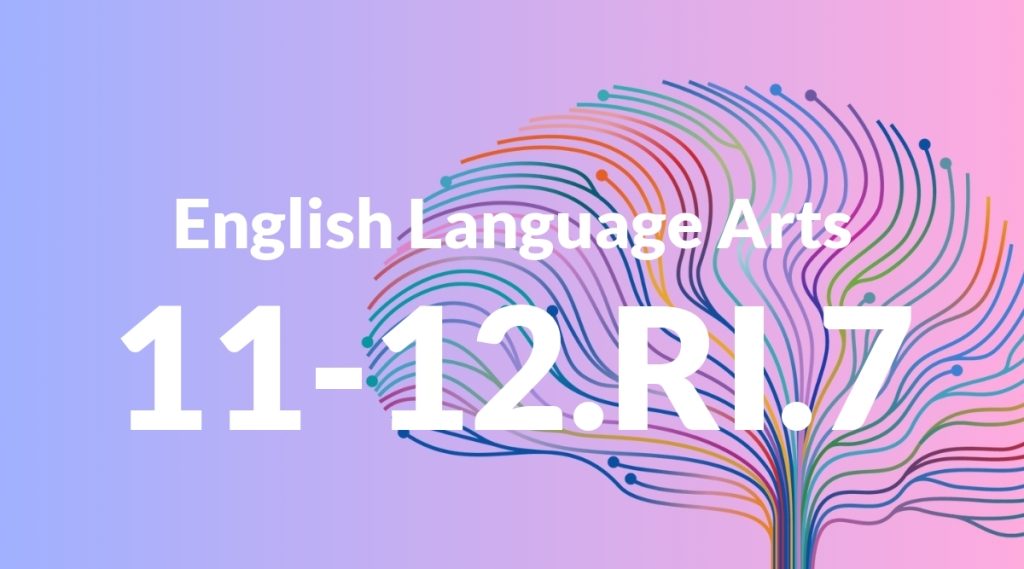Standard: 11-12.RI.7 – Integrate and evaluate multiple sources of information presented in different media or formats (e.g., visually, quantitatively) as well as in words in order to address a question or solve a problem.
Grade level: Grade 11-12
Subject: English Language Arts
Domain: Reading: Informational Text
Teacher Overview
This standard emphasizes the ability to integrate and evaluate information from multiple sources and formats. This skill is crucial for developing critical thinking and analytical abilities, essential for academic success in high school and beyond. Students need to have basic research skills and experience in analyzing texts for key ideas and details.
After mastering this standard, students will be able to synthesize complex information from various sources and formats to support their arguments or solve problems.
Common Misconception 1
A common misconception is that all sources of information are equally reliable. This is incorrect because the credibility of sources can vary based on factors like the author’s credentials, publication date, and the evidence provided.
Intervention 1
An evidence-based intervention could involve teaching students how to evaluate the credibility of sources by examining the author’s credentials, publication date, and the evidence provided.
Common Misconception 2
Another misconception is that visual and quantitative information are less important than textual information. This is incorrect because visual and quantitative data can provide essential context and support for textual information.
Intervention 2
An effective intervention could involve activities that highlight the importance and utility of visual and quantitative data in supporting textual information.
Prerequisite Knowledge
Students should be familiar with basic research skills, including how to find credible sources, and have experience analyzing texts for key ideas and details.
Subsequent Knowledge
Students will develop advanced critical thinking and analytical skills, enabling them to synthesize complex information from various sources and formats to support their arguments or solve problems.
Instructional Activities
- Group projects analyzing news stories from different media outlets
- Research assignments requiring synthesis of data from articles, videos, and infographics
- Class discussions comparing statistical data with written reports




